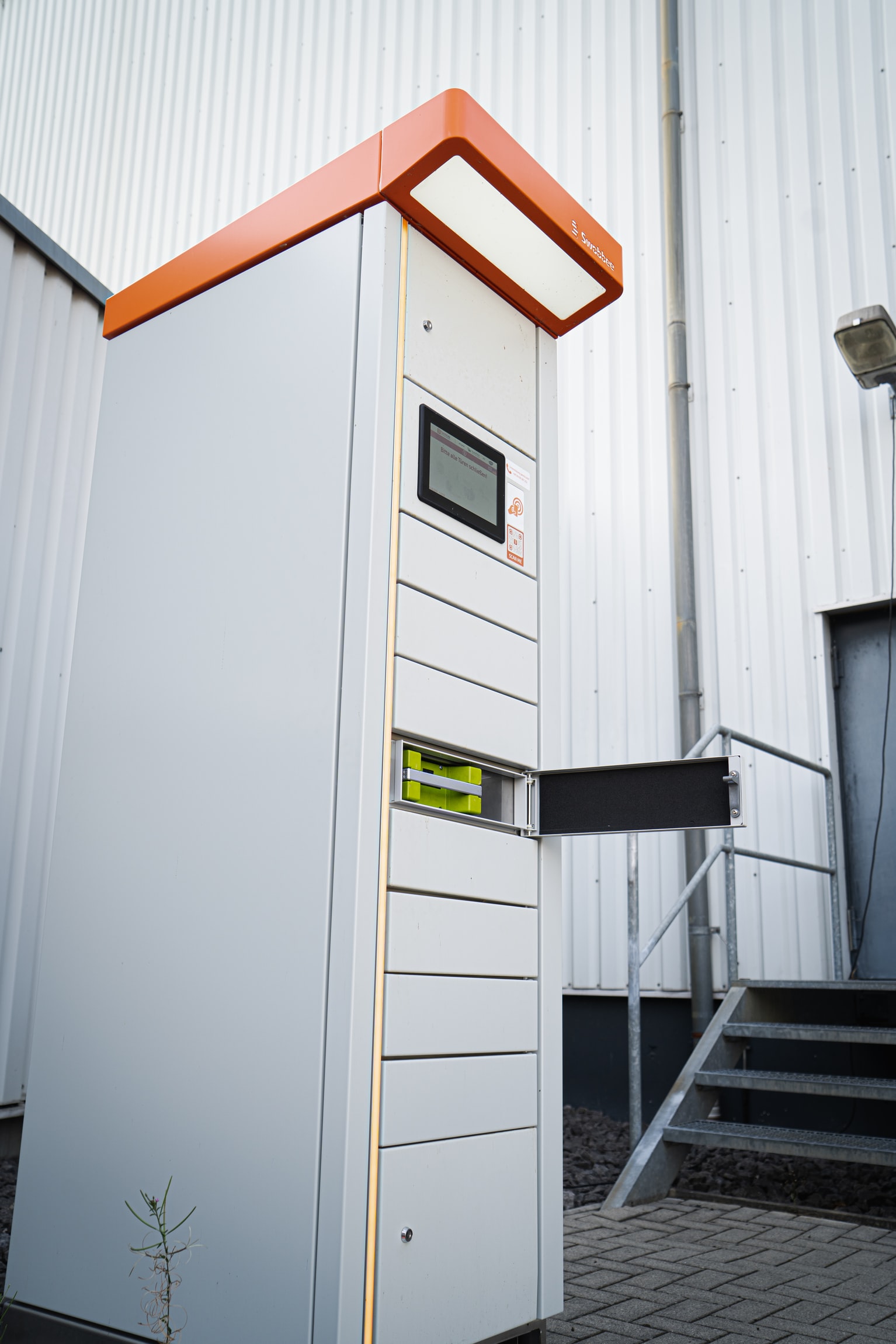Where’s your lithium from? EU’s New Green Deal to track critical materials
10/09/2020

Renewable electricity generation and storage requires huge quantities of mined raw materials. In Europe, most of these elements are currently imported and unsustainably produced. So the European Commission has hatched a new plan for obtaining them within its borders, to make the industry more sustainable and resilient against outside disruptions.
The commission has launched a new industry alliance aimed at building a complete EU supply chain for such raw materials, which are vital to renewable energy, electric vehicles and the circular economy. This will “increase EU resilience in the rare earth and magnet value chains”, it says.
The new policies are connected to the European Green Deal and the Just Transition Fund, which have been strengthened by their important relevance to the bloc’s post-pandemic economic recovery program.
There will be an industry-driven process led by EIT RawMaterials (funded by the European Institute of Innovation and Technology), whose task will be to identify opportunities and barriers and to create relevant investment cases with stakeholders and industry partners.
Ending dependence
Currently, the EU is heavily reliant on other countries, being dangerously dependent for 98 per cent of its rare earth elements on China, and the same amount of its borate – used in detergents – on Turkey, while 71 per cent of platinum is sourced from South Africa.
Many of these countries do not have the required high standards of environmental and social protection which the EU demands. For example cobalt production in the Democratic Republic of Congo uses artisanal mining practices and child labour, according to Amnesty International.
Read the full article on the Fifth State HERE
